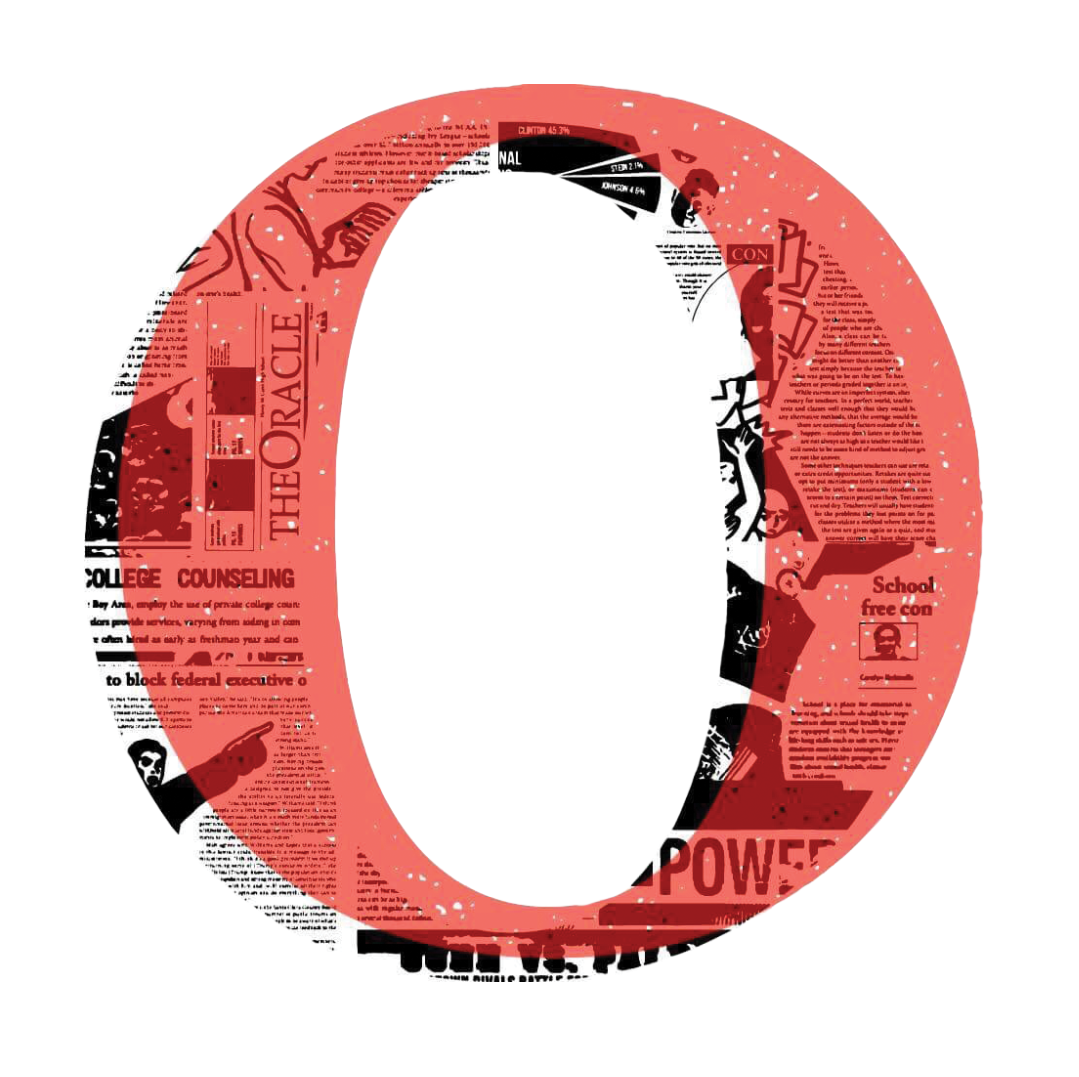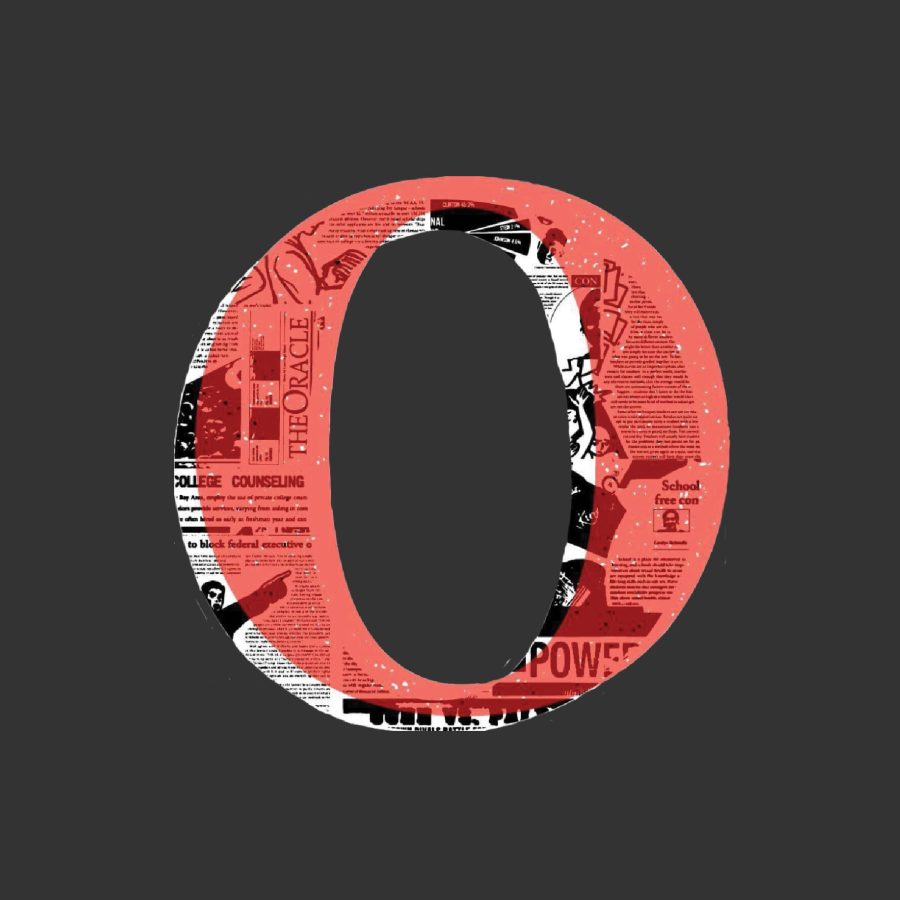History of the Holocaust
The Holocaust was a systematic extermination of 6 million Jews and other minority groups by the Nazi regime during World War II. The persecution started in 1933 when Adolf Hitler came to power in Germany. The genocide was committed through a network of concentration camps, death camps and ghettos. Jews—as well as other groups such as LGBTQ+ people, Romani people, people with disabilities and political opponents—were rounded up and sent to camps where they were subjected to forced labor, starvation, disease and mass murder. The Holocaust reached its peak between 1942 and 1944, when the Nazis implemented the “Final Solution,” a plan to exterminate all Jews in Europe. It ended in 1945 with the defeat of the Nazis and the liberation of the remaining concentration camp prisoners by Allied Forces. As designated by the United Nations, Holocaust Remembrance Day is commemorated yearly on Jan. 27, the anniversary of the liberation of Auschwitz-Birkenau (the largest concentration camp). This day honors the 6 million Jews who perished in the Holocaust and millions of other victims of Nazism. It serves as a reminder of the dangers of hate and intolerance in the world.

